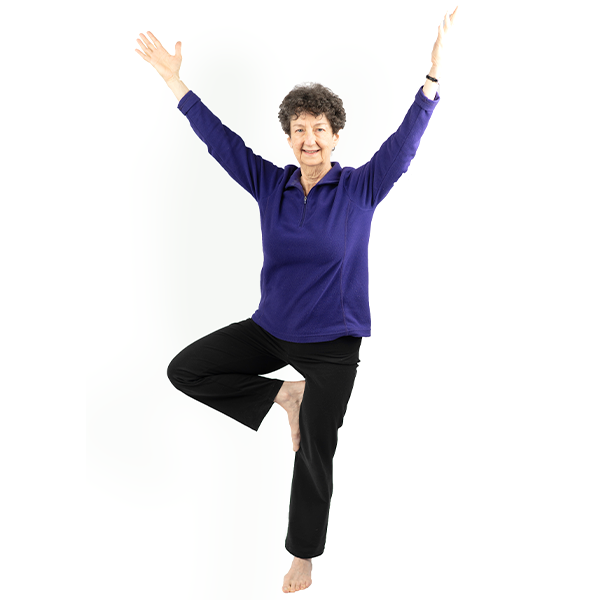This can be a challenging time of the year. Some parts of the world have had extreme conditions in recent months. The Eastern US has had extreme snowfall. Across much of Europe and the northern temperate zone, this time of year brings cold, and daylight hours are short. After the celebration, lights, and parties of Christmas, or the ancient festivals of the Winter Solstice, plunging back into the gray chill of winter is notorious for inflicting the “winter blues,” sometimes giving rise to a depressive seasonal affective disorder, aka SAD.

